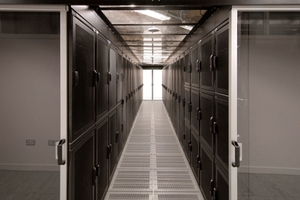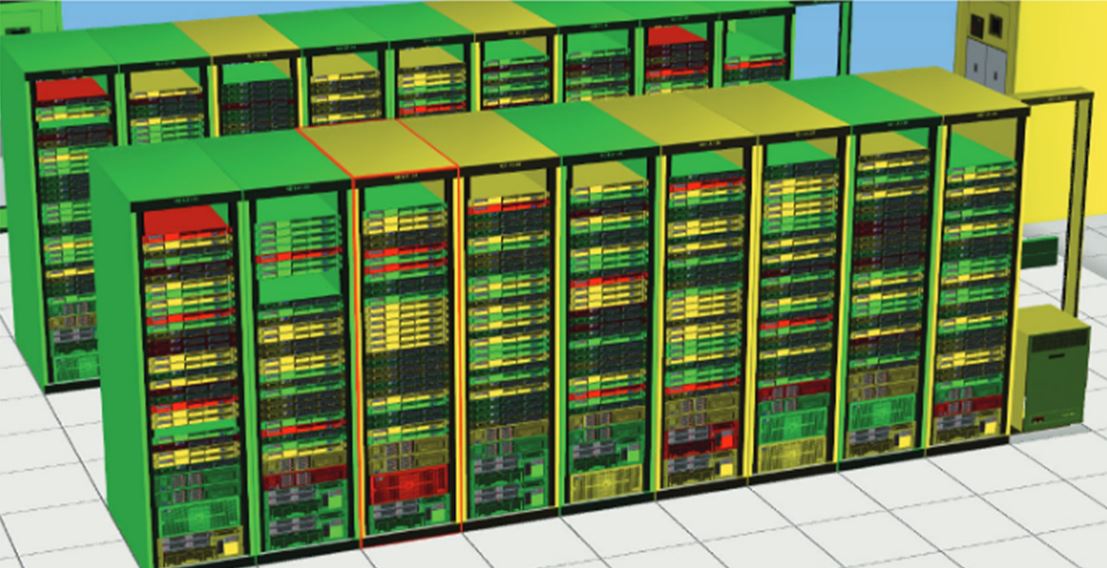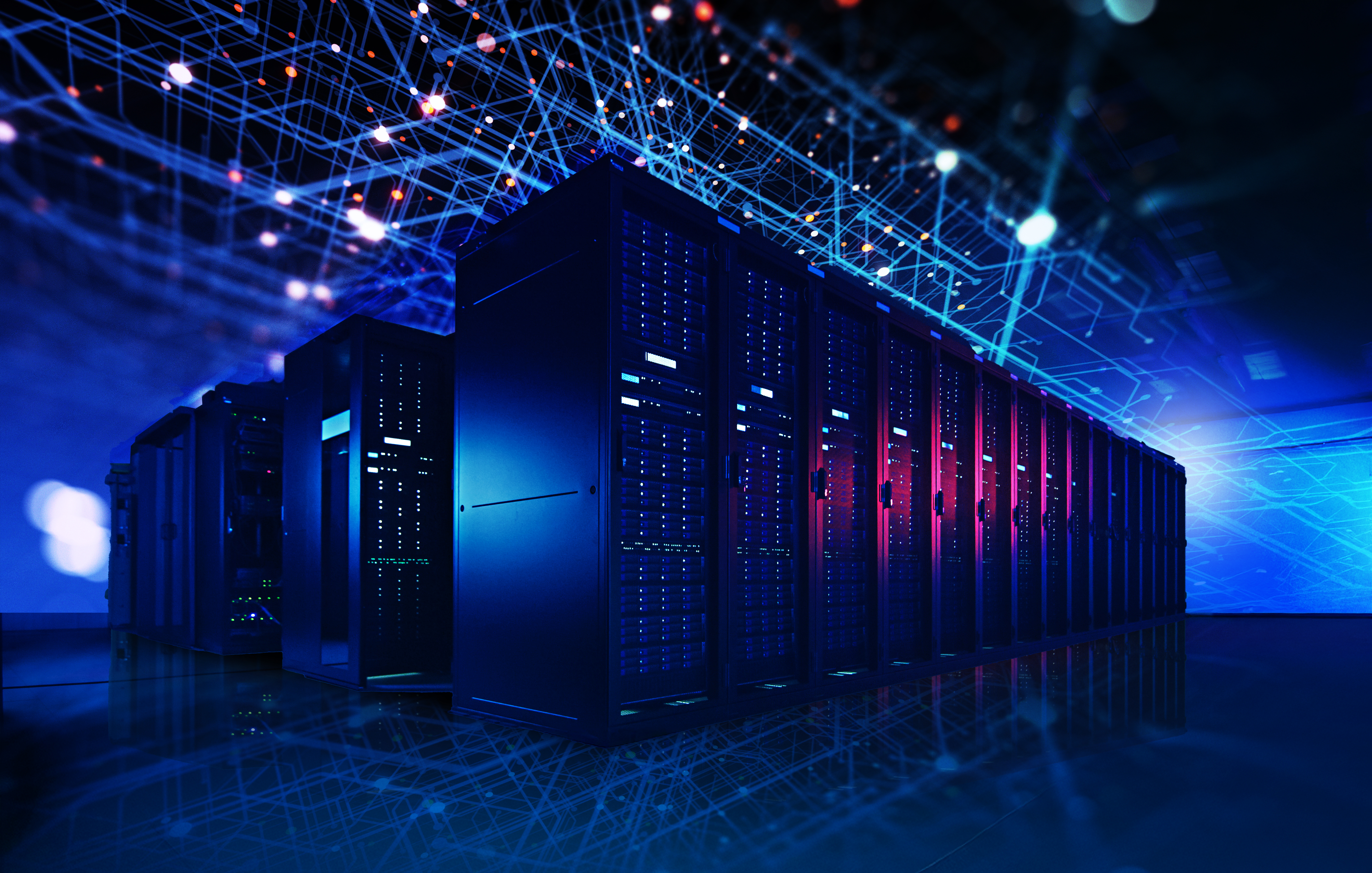 2019 was a year for digital transformation across a number of areas and industries – and the data center market was no exception. Under increasing pressure to stay relevant and keep up with rapidly advancing technologies, data center providers saw a need to transform and prepare for what’s to come.
2019 was a year for digital transformation across a number of areas and industries – and the data center market was no exception. Under increasing pressure to stay relevant and keep up with rapidly advancing technologies, data center providers saw a need to transform and prepare for what’s to come.
Now, as we head into 2020, the outcomes of the adoption of both newer and more mature technologies will start to take shape in the data center. Specifically, we’ll see 5G drive an increase in demand for edge computing, while Artificial Intelligence (AI) will heighten deployment of new services in this market for both the end user and internal employees.
With that, here are our top three predictions for the data center market in 2020.
2020 Will See the Rise of Edge Computing Thanks to the Promise of 5G
In 2020, the first applications using 5G’s super high speed, low latency, machine-to-machine communications will be introduced. These new offerings – like high-resolution cloud gaming, industrial IoT process control and onsite augmented reality guidance for workers – will demonstrate the value that 5G can unlock.
CLICK TO TWEET: CommScope's John Schmidt provides his top three predictions for the data center market in 2020.
While we don’t expect such applications to be widely deployed next year, their potential will start reshaping industries, including the data center market. For example, with 5G’s ability to provide latencies of less than 10 milliseconds, it will soon become much easier to deploy low-latency 5G applications – and 2020 will see the data center preparing itself for their arrival.
For low-latency applications to be successful, you need more than just 5G. You also need to process these applications’ data close to their sources using edge computing technologies like edge data centers. With edge computing you can avoid sending data back and forth from an edge device to a remote data center. This significantly reduces latency and enables these new, low-latency 5G applications to fully realize their promise. As a result, we’ll see more data centers move to edge computing in 2020 in order to bring these applications to fruition.
AI Will Drive Data Center Adoption of New Technologies in the New Year
The deployment of machine learning, deep learning and other artificial intelligence technologies is now mainstream, and they power many of the cloud services we use every day.
We expect to see the use of AI accelerate in the new year, as companies increasingly use the data they collect to build and deploy AI models powering new services and generating new business insights. If they hope to keep these companies happy, data center operators need to respond, not just with faster networks and servers in their core, but also at the edge to enable the deployment of AI models closer to end-users.
While this represents a challenge to data center operators, it’s also an opportunity: if they’re smart about adopting the right networking, computing and edge data center technologies to support AI, customers will come knocking on their doors. That is why in 2020, we expect data center owners and operators to increasingly focus on how they can deliver the performance their customers need for AI-enabled cloud services.
Data Center Operators Will Lean Heavily on AI in 2020 to Support Workforce Efficiency
With a tight labor market, growing demand, and the heightened need to build edge computing centers away from tier-1 locations for sourcing technical talent, data center operators will be challenged when it comes to recruiting and retaining the people they need in the new year.
Given this, we can expect data center operators to increase their use of new artificial intelligence and other smart technologies to maximize the productivity of their employees – for example, AR headsets that utilize AI technology to guide service technicians as they complete tasks. At the same time, data center equipment providers will use AI to make their products as easy to install and simple to use as possible, allowing data center operators to do more with less human resources.
Data centers operators that wait to adopt these new AI capabilities might experience slower growth as they fail to find or keep the people they need to deliver all the services their customers demand in today’s highly competitive market.
Preparing for the Next Phase of the Data Center
2020 will see the first applications of advanced technologies like 5G start to find their way in the data center, while the deployment of machine learning and other AI technologies will create new ways of learning and doing. In the new year, this means greater opportunity for data center providers to grow and enhance their businesses. While the benefits of these technologies may take at least a few years to come to fruition, data center companies that incorporate them into their business strategy now will be the ones best positioned to reap the benefits down the road.















